
Tournai: The Jewel of Wallonia
Discover Tournai, a hidden gem in Belgium's Wallonia region, where history, culture, and scenic beauty converge to offer an unforgettable travel experience.
Tournai, one of Belgium's oldest cities, offers a rich tapestry of history and culture. Nestled in the Wallonia region, Tournai is known for its stunning architecture, vibrant squares, and the serene Scheldt River flowing through its heart. The city's most iconic landmark is the Notre-Dame Cathedral, a UNESCO World Heritage Site. Its five bell towers and impressive interior make it a must-visit for any traveler. Nearby, the Belfry of Tournai offers panoramic views of the city and a glimpse into its medieval past. Strolling through Tournai's cobbled streets, you'll encounter charming cafés, boutiques, and historical sites. The Grand Place is a lively hub where you can enjoy local cuisine and soak in the city's atmosphere. Art enthusiasts will find the Museum of Fine Arts particularly captivating, with its collection of works by artists like Rubens and Van Gogh. Tournai also boasts a rich cultural calendar, with events and festivals throughout the year. From the annual Carnival to the vibrant Christmas Market, there's always something to see and do. The city's welcoming spirit and rich history make it a perfect destination for those seeking a blend of culture, history, and relaxation.
Local tips in Tournai
- Visit the Notre-Dame Cathedral early in the morning to avoid crowds and enjoy a peaceful experience.
- Climb the Belfry for the best views of Tournai; it's a bit of a workout, but the panorama is worth it.
- Explore the Grand Place in the evening when it comes alive with lights and local activity.
- Check the local calendar for festivals and events during your visit to experience Tournai's vibrant culture.
- Try the local specialty, Tournai cheese, at one of the city's traditional markets.
Tournai: The Jewel of Wallonia
Tournai, one of Belgium's oldest cities, offers a rich tapestry of history and culture. Nestled in the Wallonia region, Tournai is known for its stunning architecture, vibrant squares, and the serene Scheldt River flowing through its heart. The city's most iconic landmark is the Notre-Dame Cathedral, a UNESCO World Heritage Site. Its five bell towers and impressive interior make it a must-visit for any traveler. Nearby, the Belfry of Tournai offers panoramic views of the city and a glimpse into its medieval past. Strolling through Tournai's cobbled streets, you'll encounter charming cafés, boutiques, and historical sites. The Grand Place is a lively hub where you can enjoy local cuisine and soak in the city's atmosphere. Art enthusiasts will find the Museum of Fine Arts particularly captivating, with its collection of works by artists like Rubens and Van Gogh. Tournai also boasts a rich cultural calendar, with events and festivals throughout the year. From the annual Carnival to the vibrant Christmas Market, there's always something to see and do. The city's welcoming spirit and rich history make it a perfect destination for those seeking a blend of culture, history, and relaxation.
When is the best time to go to Tournai?
Iconic landmarks you can’t miss
Cathedral of Notre-Dame of Tournai
Explore the grandeur and rich history of the Cathedral of Notre-Dame in Tournai, a UNESCO World Heritage site showcasing stunning Gothic architecture.
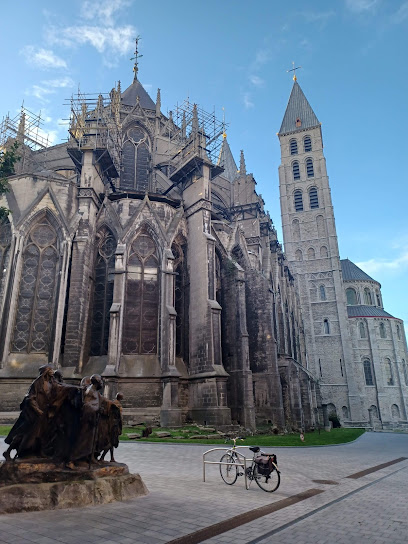
Tournai Centre-Ville
Explore the historical beauty and vibrant culture of Tournai Centre-Ville, a charming destination in Belgium that captivates every visitor.
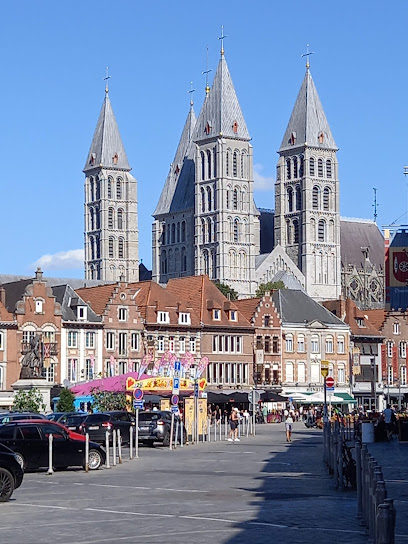
Musée d'Histoire naturelle & Vivarium
Discover Tournai's natural heritage at the Musée d'Histoire naturelle & Vivarium, where education meets excitement in a captivating museum experience.
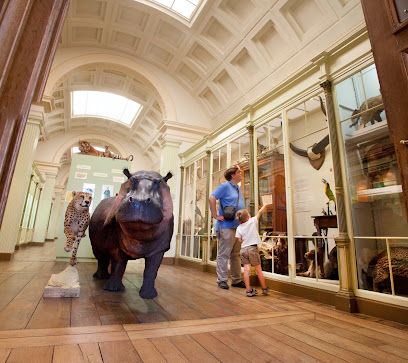
Belfry of Tournai
Discover the Belfry of Tournai, a UNESCO World Heritage site, where history meets breathtaking views in the heart of Belgium.
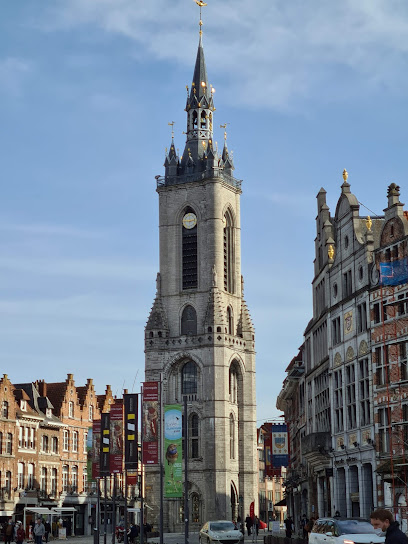
Museum of Fine Arts
Explore the artistic heritage of Tournai at the Museum of Fine Arts, where timeless masterpieces and contemporary art come together in a cultural haven.
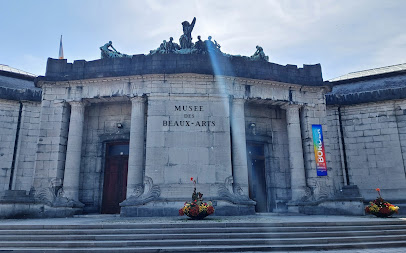
Queen Astrid Park
Discover the tranquil beauty of Queen Astrid Park in Tournai, a perfect retreat for nature lovers and a must-visit tourist attraction in Belgium.
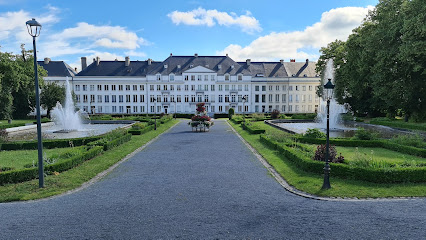
Tournai Expo
Discover the vibrant heart of Tournai at Tournai Expo, a hub for exhibitions and cultural experiences in Belgium.
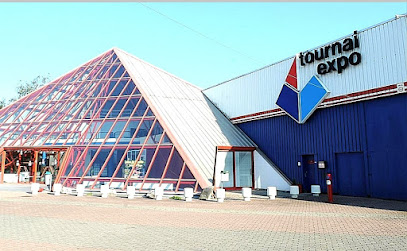
Tourist Office of Tournai - Tournai Visit
Explore Tournai's rich history and culture at the Tourist Office, your essential guide to this charming Belgian city.
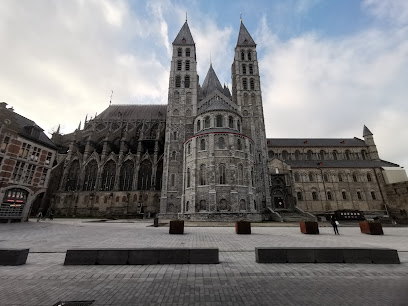
Reine Garden
Discover the tranquility of Reine Garden in Tournai, a city park brimming with lush greenery and historical charm, perfect for leisurely escapes.
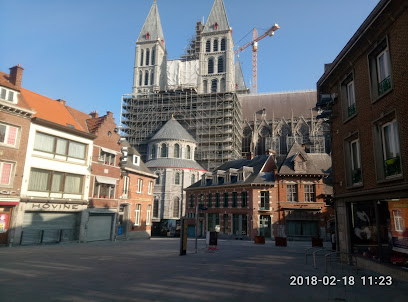
La Petite Madeleine
Experience the finest of Belgian cuisine at La Petite Madeleine, Tournai’s culinary treasure, offering exquisite dishes in a charming atmosphere.
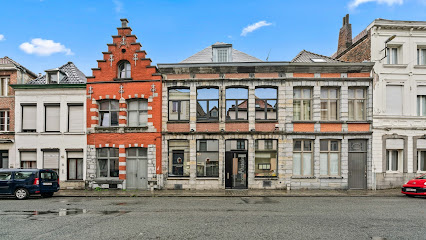
Culture House
Explore the vibrant art scene at the Culture House in Tournai, a cultural center that hosts concerts, theater performances, and more.

Église catholique Saint-Jacques à Tournai
Explore the exquisite Gothic architecture and rich history of Église Catholique Saint-Jacques, a must-visit landmark in Tournai, Belgium.
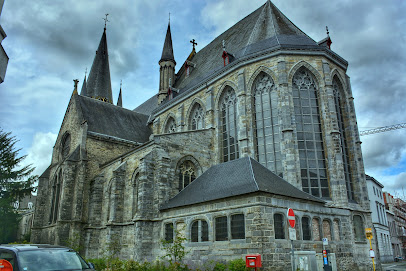
maison Tournaisienne
Unearth the captivating history of Tournai at Maison Tournaisienne, a must-visit local history museum showcasing the city's rich heritage.
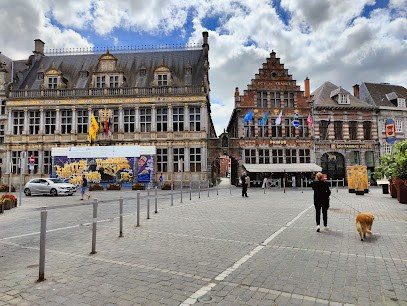
carrières de l'Orient
Discover the enchanting Carrières de l'Orient in Tournai, a captivating blend of history and natural beauty.
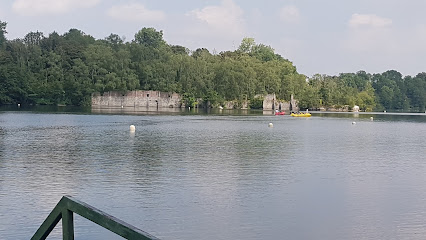
La Tour de Tournai
Visit La Tour de Tournai in Etterbeek, Belgium, and immerse yourself in the breathtaking history and stunning architecture of this iconic medieval tower.
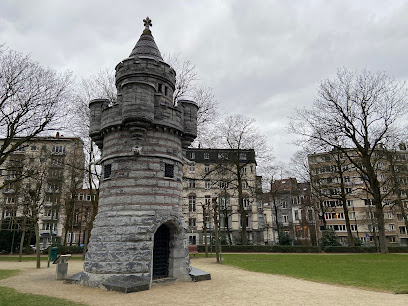
Unmissable attractions to see
Pierre Mauroy Stadium
Discover the excitement of Pierre Mauroy Stadium, a premier venue for sports and concerts in Villeneuve-d'Ascq, France. Experience unforgettable events in a stunning setting.
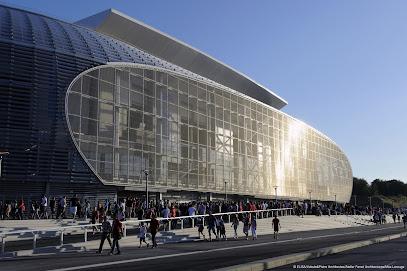
Zoo de Lille
Explore the Zoo de Lille - a family-friendly destination showcasing diverse wildlife and lush landscapes in the heart of Lille, France.
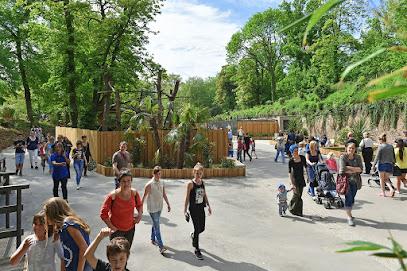
Lille Grand Palais
Explore Lille Grand Palais, a premier convention center in Lille, France, offering vibrant events and a gateway to the city's rich culture.
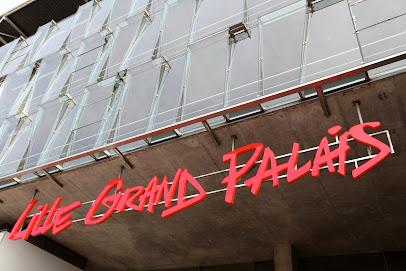
Palais des Beaux Arts
Explore the Palais des Beaux Arts in Lille, a cultural haven showcasing masterpieces from the Middle Ages to the 20th century.
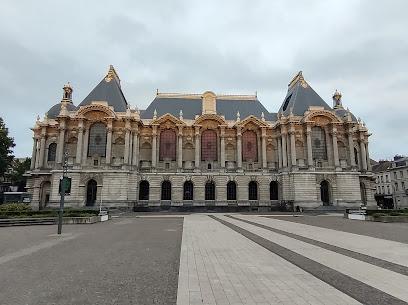
In Flanders Fields Museum
Discover the poignant history of World War I at the In Flanders Fields Museum in Ypres, Belgium, where the past comes alive through engaging exhibits.
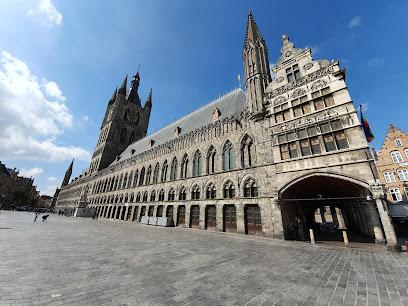
Notre-Dame-de-la-Treille Cathedral
Discover the architectural beauty and spiritual heritage of Notre-Dame-de-la-Treille Cathedral, a must-see landmark in Lille, France.
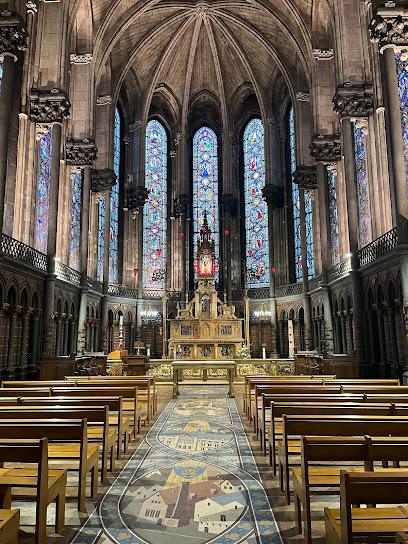
Memorial Museum Passchendaele 1917
Discover the powerful stories of courage and sacrifice at the Memorial Museum Passchendaele 1917, a must-visit war museum in Belgium.
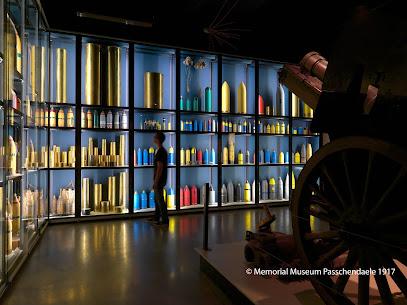
Parc de la Citadelle
Explore the serene beauty of Parc de la Citadelle, Lille's historic urban park, where nature meets culture in a tranquil setting.
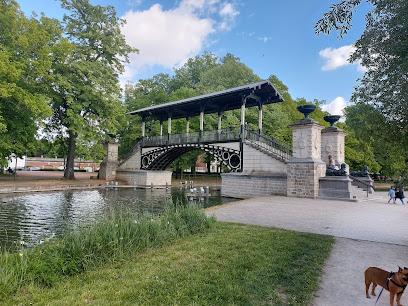
Jungle City - Amusement park
Experience family-friendly thrills and unforgettable adventures at Jungle City, Tournai's premier amusement park with rides and animal encounters!
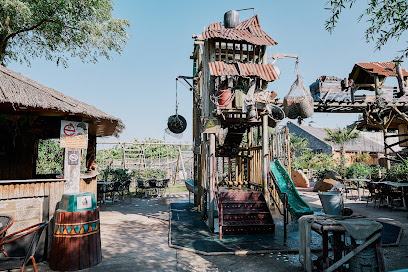
Saint Waltrude Collegiate Church
Explore the breathtaking Gothic architecture and rich history of Saint Waltrude Collegiate Church, a must-visit attraction in Mons, Belgium.
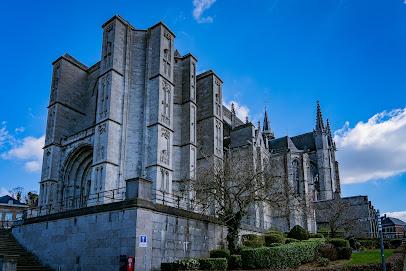
Lille Opera
Experience the grandeur of Lille Opera, where stunning performances meet exquisite architecture in the heart of Lille, France.
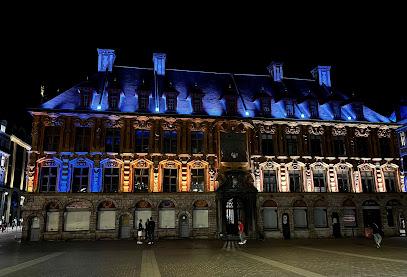
Beffroi de Lille
Discover the Beffroi de Lille, an iconic UNESCO World Heritage site that offers breathtaking views and rich historical insights in the heart of Lille.
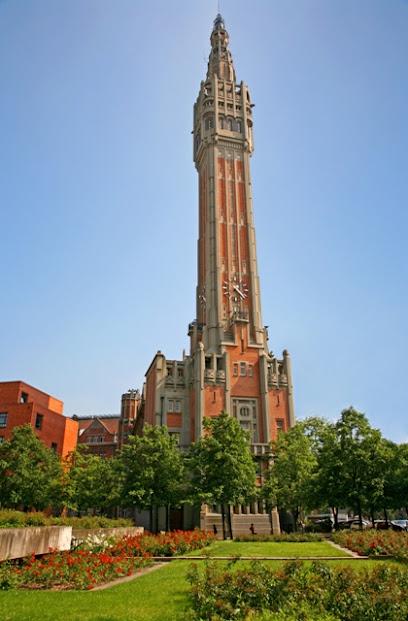
Hooge Crater Museum
Explore the emotional journey of World War I at Hooge Crater Museum in Ypres, Belgium, and discover the stories of bravery and sacrifice.
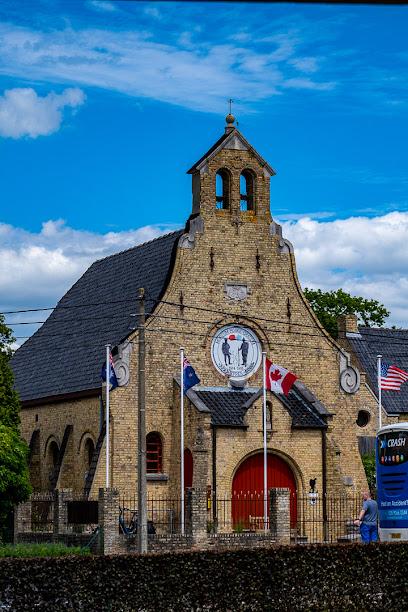
Beaux-Arts Mons
Explore the artistic heritage at Beaux-Arts Mons, a premier art museum in Belgium showcasing timeless masterpieces and contemporary exhibitions.
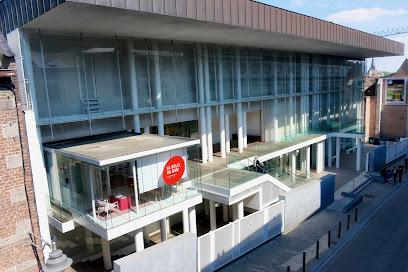
Musée de l'Hospice Comtesse
Explore the captivating history and culture of Lille at the Musée de l'Hospice Comtesse, where art and heritage intertwine in a stunning historical setting.

Essential places to dine
Brasse-Temps
Discover Brasse-Temps in Tournai: where Belgian culinary traditions meet craft brewing excellence.
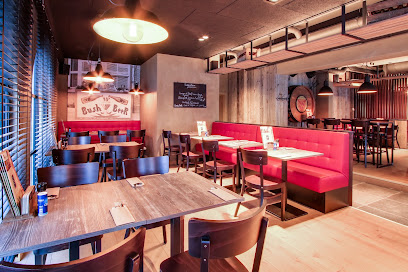
Comptoir 17
Discover the culinary treasures of Belgium at Comptoir 17, where local flavors meet modern dining in the heart of Tournai's historic Grand'Place.
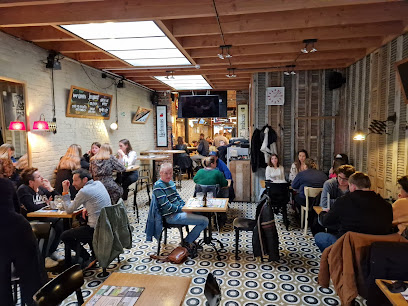
La Maison Des Grillades
Discover the essence of Belgian cuisine at La Maison Des Grillades in Tournai – where every meal is a flavorful adventure.
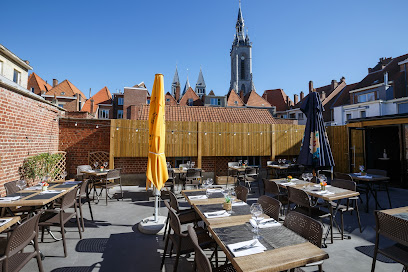
Restaurant Le Zorba
Savor authentic Greek cuisine at Restaurant Le Zorba in Tournai - a culinary journey through Mediterranean flavors awaits.
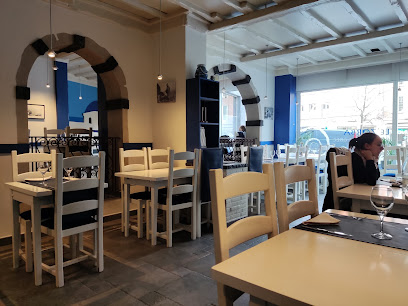
L'Impératrice
Experience authentic Belgian flavors at L'Impératrice in Tournai—where every meal is crafted with passion and local ingredients.
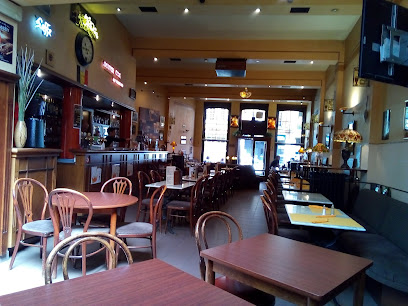
Libeirut
Discover authentic Lebanese flavors at Libeirut in Tournai – where every meal is a celebration of culture and tradition.
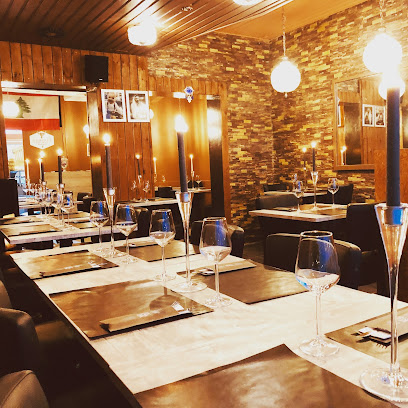
Les Enfants Terribles
Experience authentic Belgian cuisine at Les Enfants Terribles in Tournai—where local flavors meet culinary creativity.
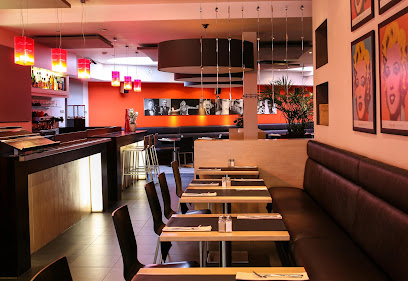
Restaurant Le Cléopatra
Experience authentic Egyptian flavors at Restaurant Le Cléopatra in Tournai - where every meal is a journey through rich culinary traditions.
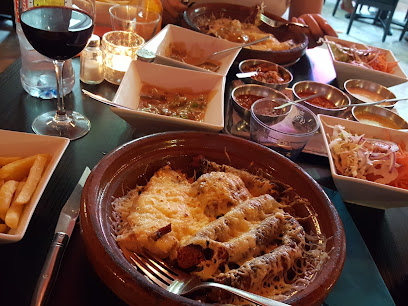
L'Arche de Noé
Experience exquisite dining at L'Arche de Noé in Tournai; indulge in local flavors within an inviting atmosphere.
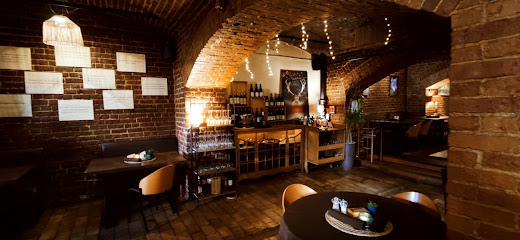
Rive Gauche
Experience exquisite French and grilled cuisine at Rive Gauche in Tournai—where culinary excellence meets riverside charm.
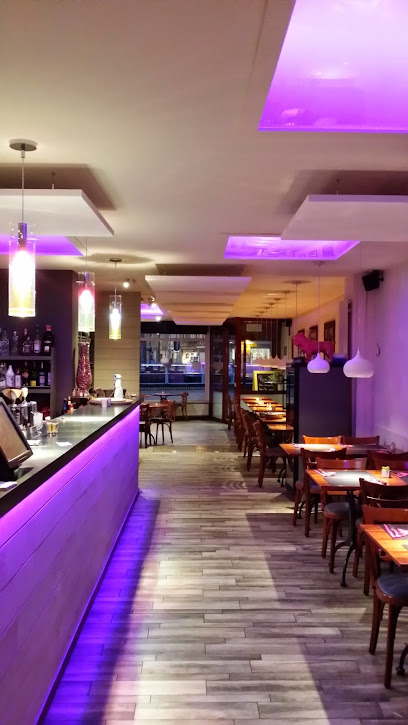
Le Méchoui
Savor authentic Moroccan cuisine at Le Méchoui in Tournai—where every dish is a celebration of flavor and culture.
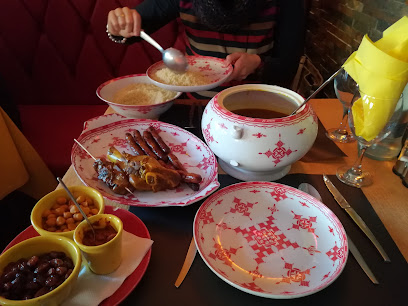
Le chef & Moi Tournai
Experience the best tapas in Tournai at Le chef & Moi - where every bite tells a story.
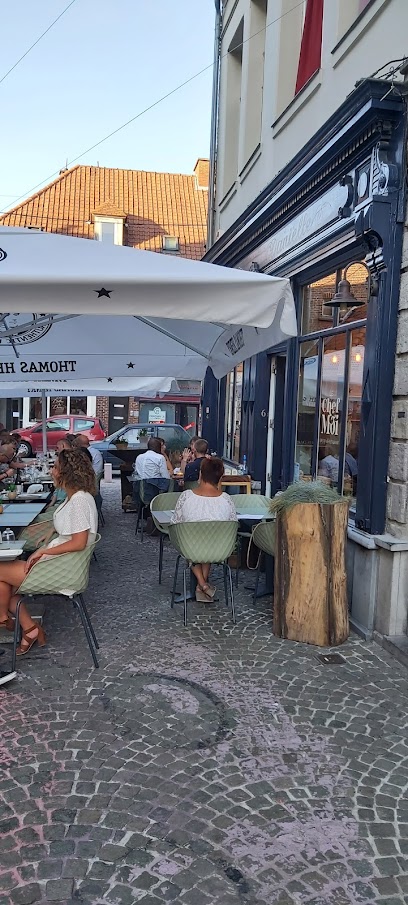
Au Sabot - restaurant
Discover exquisite French cuisine at Au Sabot in Tournai - where authentic flavors meet warm hospitality.

Corto Malte
Discover Corto Malte in Tournai: A delightful blend of exquisite cuisine and vibrant atmosphere along the scenic Quai Saint-Brice.
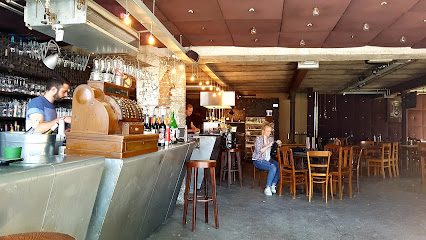
L'Ancienne Poste
Discover exquisite dining at L'Ancienne Poste in Tournai - where traditional flavors meet modern culinary artistry.

Markets, malls and hidden boutiques
Shopping les Bastions
Uncover the charm of Shopping Les Bastions, Tournai's premier shopping destination with diverse shops and local dining options.
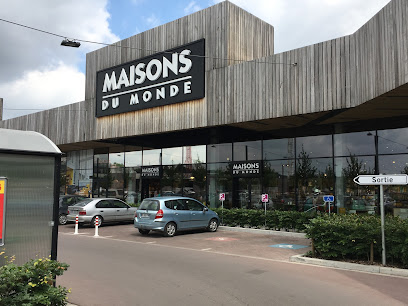
Euro Shop Tournai
Explore a diverse shopping paradise at Euro Shop Tournai, where home improvement meets fun and creativity all in one place.
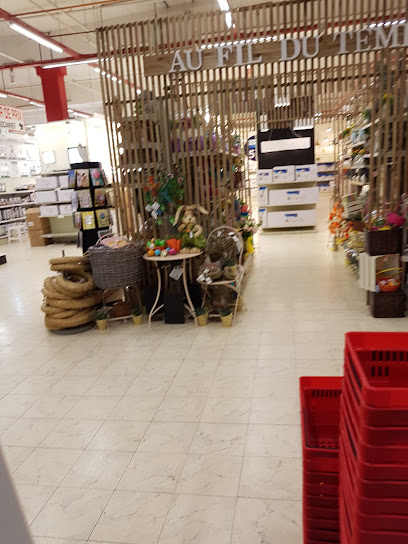
Action Belgium
Explore the diverse offerings of Action Belgium, a gift shop in Tournai filled with unique treasures, DIY supplies, and home essentials for every traveler.

Extra Shop Tournai
Discover unique home goods and local treasures at Extra Shop Tournai, a charming store in the heart of Tournai, Belgium.
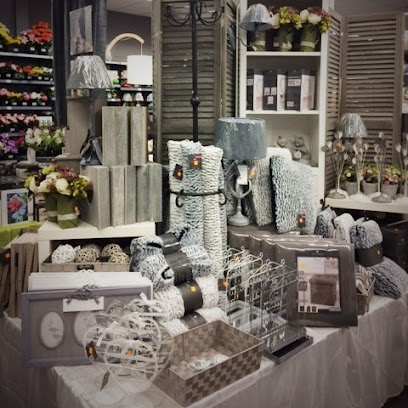
The Neverland
Explore the whimsical world of The Neverland, Tournai's premier gift shop for unique collectibles and enchanting treasures.
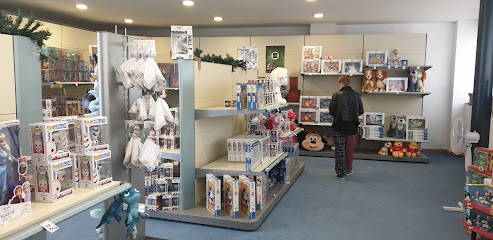
tournesol
Discover unique fashion at Boutique Tournesol in Tournai, where local style meets modern trends for a memorable shopping experience.
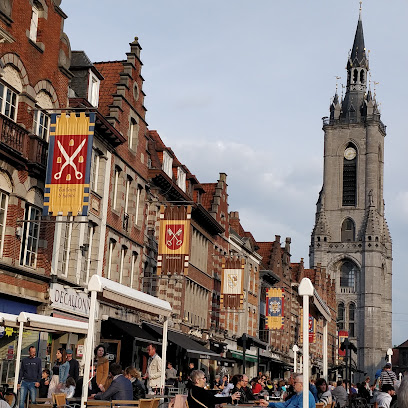
Neuhaus Chocolates
Experience the rich heritage and exquisite taste of Neuhaus Chocolates, where every bite is a journey into chocolate artistry.
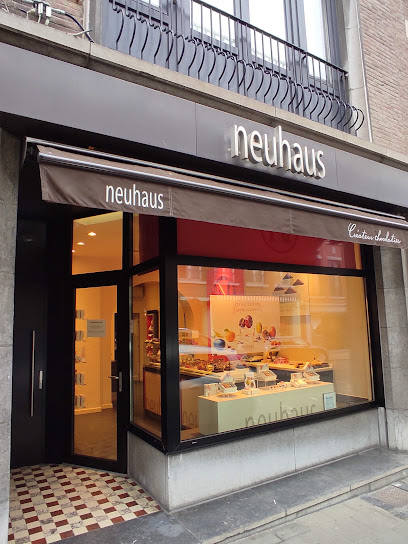
CAPRISS
Discover unique women's fashion at CAPRISS in Tournai - a blend of vintage charm and contemporary styles awaits!

Petite bohème
Discover unique women's fashion at Petite Bohème, Tournai's charming boutique offering stylish apparel and personalized service.
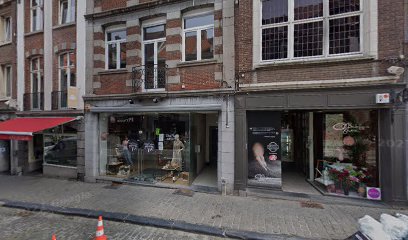
IZANAGI Boutique
Discover unique women's fashion at IZANAGI Boutique in Tournai, where elegance meets contemporary style in an inviting atmosphere.
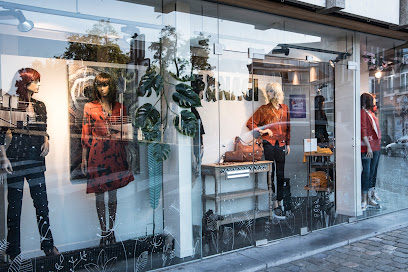
Scol'Arts Création - Magasin spécialisé en beaux-arts et loisirs créatifs à Tournai
Explore Scol'Arts Création in Tournai for a diverse range of art and craft supplies, perfect for tourists and locals alike seeking creative inspiration.
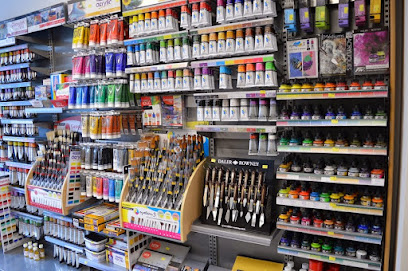
PANDORA Store Tournai
Explore the PANDORA Store in Tournai for exquisite jewelry that combines elegance and personal touch, perfect for any occasion.
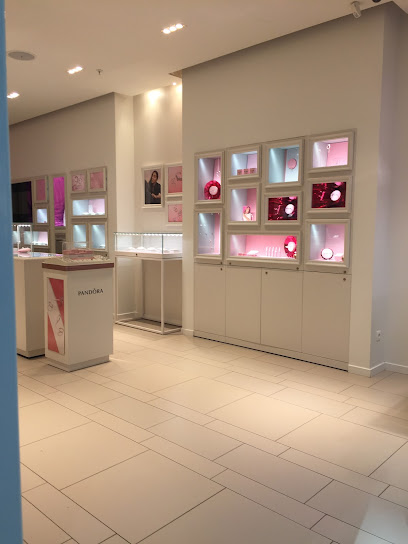
OZE fashion
Explore OZE Fashion in Tournai for a unique shopping experience filled with style, elegance, and local charm.
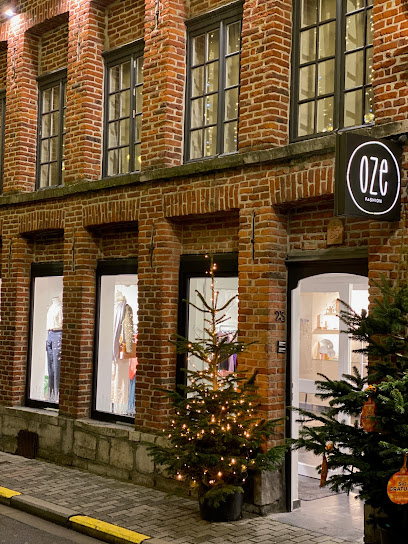
Les dessous d'Aurélie
Explore a world of elegance and comfort at Les dessous d'Aurélie, Tournai's premier lingerie boutique offering exquisite styles for every taste.
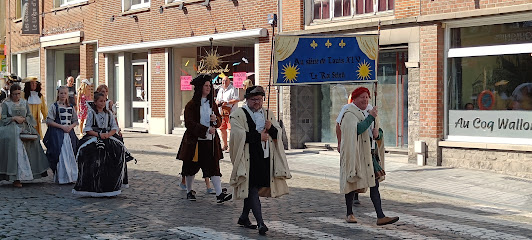
Green Terra
Discover unique gifts and charming handicrafts at Green Terra, Tournai's enchanting gift shop for all ages.
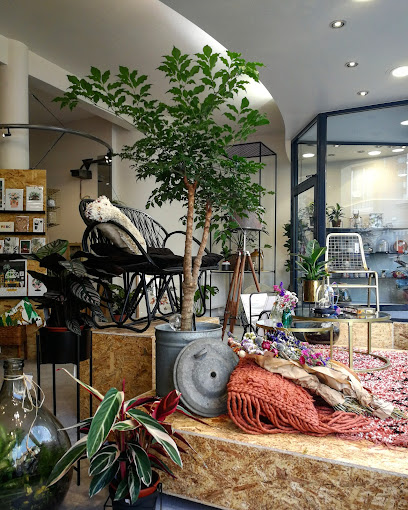
Essential bars & hidden hideouts
Quai des Bananes Tournai
Discover Quai des Bananes Tournai, a vibrant cocktail bar offering delicious drinks, tapas, and a lively atmosphere in the heart of Tournai.
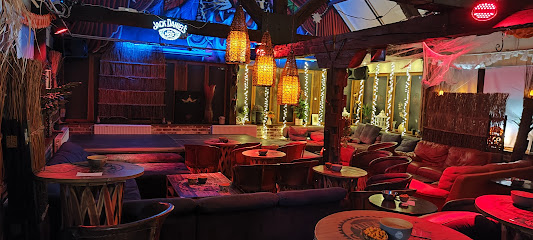
Café Central
Experience the charm of Tournai at Café Central, a delightful bar offering a cozy atmosphere and a variety of beverages for every palate.
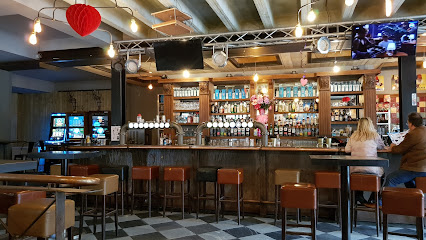
Tam-Tam
Experience the vibrant atmosphere of Tam-Tam in Tournai, where local flavors meet a lively bar scene in the heart of Belgium's rich history.
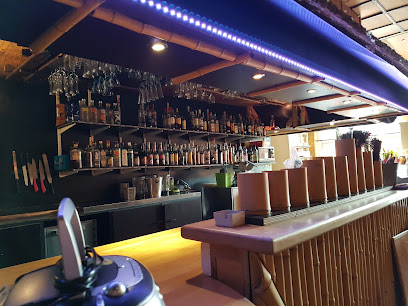
Au Dé Botté
Discover the heart of Tournai at Au Dé Botté, a vibrant beer hall showcasing local brews and delightful snacks in a welcoming atmosphere.
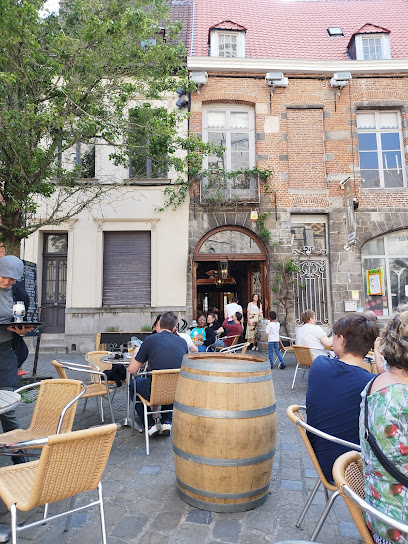
Le bouchon
Experience the heart of Tournai's nightlife at Le Bouchon, where affordability meets a vibrant atmosphere and delightful local drinks.
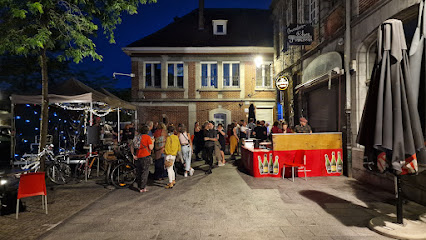
La Fabrique sprl - Tournai
Discover La Fabrique sp.rl in Tournai: a lively bar offering an array of drinks in a cozy atmosphere, perfect for unwinding after exploring the city.
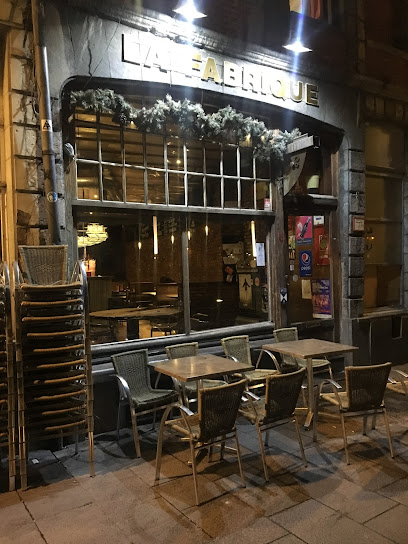
Le Flore
Experience the cozy charm of Le Flore in Tournai, where delightful drinks and local snacks await in a welcoming atmosphere.
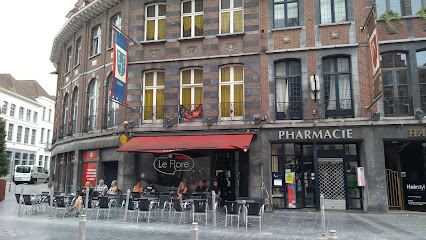
La Crypte
Experience the charm of La Crypte in Tournai, a cozy beer hall offering a wide range of local brews and a vibrant atmosphere perfect for social gatherings.
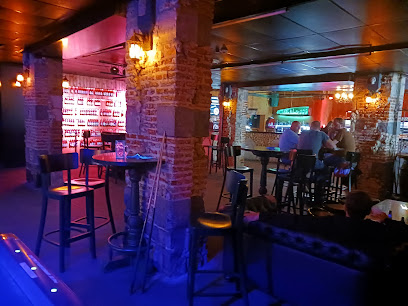
Quai des Brumes
Experience the heart of Tournai's nightlife at Quai des Brumes, a cozy bar with a warm ambiance and extensive drink selections.
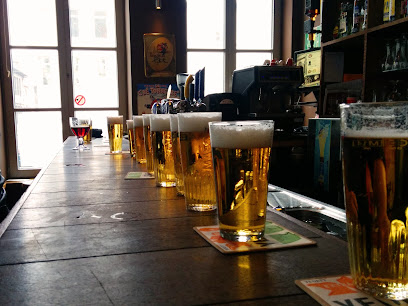
MOJITO PUB
Discover the vibrant Mojito Pub in Tournai for a cocktail experience like no other in the heart of Belgium's historic city.
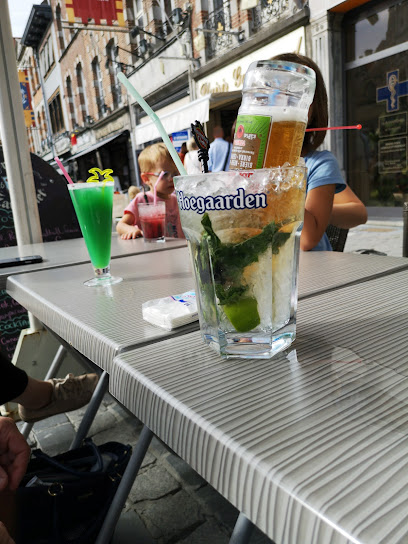
RedRum Bar
Experience the vibrant ambiance and diverse drink selection at RedRum Bar, Tournai's favorite spot for locals and tourists alike.
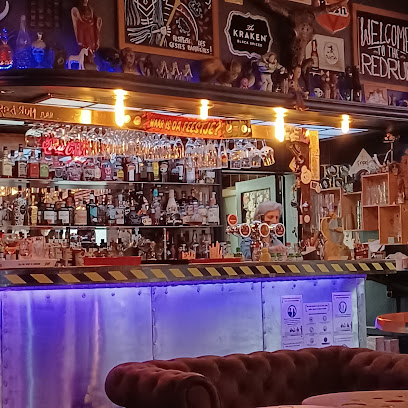
Arthur's Bar
Discover Arthur's Bar in Tournai, where expertly crafted cocktails and a vibrant atmosphere await your visit.

Au Bout de Nos Rêves
Discover the charm of Tournai at Au Bout de Nos Rêves, a live music bar offering a cozy atmosphere, affordable drinks, and unforgettable performances.

The Warlord Tavern
Discover the charm of The Warlord Tavern in Tournai, Belgium, where artisanal wines and a cozy atmosphere await you.
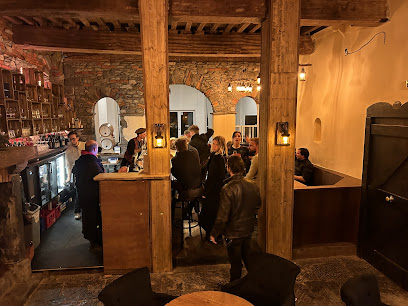
L'Highlander
Experience the vibrant nightlife at L'Highlander, a must-visit bar in Tournai, offering local brews and a welcoming atmosphere for all.
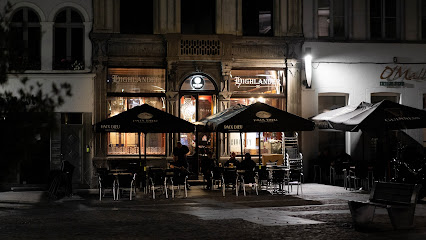
Local Phrases
-
- HelloBonjour
[bon-zhoor] - GoodbyeAu revoir
[oh rev-wahr] - YesOui
[wee] - NoNon
[non] - Please/You're welcomeS'il vous plaît / De rien
[see voo pleh / deh ryen] - Thank youMerci
[mehr-see] - Excuse me/SorryPardon / Désolé
[par-dohn / day-zoh-lay] - How are you?Comment ça va?
[kom-mohn sah vah] - Fine. And you?Bien. Et vous?
[byen. ay voo] - Do you speak English?Parlez-vous anglais?
[par-lay voo ahn-glay] - I don't understandJe ne comprends pas
[zhuh nuh kohm-prahn pah]
- HelloBonjour
-
- I'd like to see the menu, pleaseJe voudrais voir la carte, s'il vous plaît
[zhuh voo-dray vwar lah kart, see voo pleh] - I don't eat meatJe ne mange pas de viande
[zhuh nuh mahnj pah duh vyand] - Cheers!Santé!
[sahn-tay] - I would like to pay, pleaseJe voudrais payer, s'il vous plaît
[zhuh voo-dray pay-ay, see voo pleh]
- I'd like to see the menu, pleaseJe voudrais voir la carte, s'il vous plaît
-
- Help!Au secours!
[oh se-koo-rr] - Go away!Allez-vous en!
[al-lay vooz ahn] - Call the Police!Appelez la police!
[ah-peh-lay lah po-leece] - Call a doctor!Appelez un médecin!
[ah-peh-lay uh may-deh-sahn] - I'm lostJe suis perdu
[zhuh swee pair-doo] - I'm illJe suis malade
[zhuh swee mah-lahd]
- Help!Au secours!
-
- I'd like to buy...Je voudrais acheter...
[zhuh voo-dray zah-shay...] - I'm just lookingJe regarde juste
[zhuh ruh-gard zhust] - How much is it?Combien ça coûte?
[kohm-byen sah koot] - That's too expensiveC'est trop cher
[say tro cher] - Can you lower the price?Pouvez-vous baisser le prix?
[poo-veh voo bay-say luh pree]
- I'd like to buy...Je voudrais acheter...
-
- What time is it?Quelle heure est-il?
[kel er ay-teel] - It's one o'clockIl est une heure
[eel ay tun er] - Half past (10)Dix heures et demie
[dees er ay dehm-ee] - MorningMatin
[mah-tan] - AfternoonAprès-midi
[ah-pray mee-dee] - EveningSoir
[swahr] - YesterdayHier
[yair] - TodayAujourd'hui
[oh-zhoor-dwee] - TomorrowDemain
[duh-mahn] - 1Un
[uhn] - 2Deux
[duh] - 3Trois
[twah] - 4Quatre
[kah-truh] - 5Cinq
[sank] - 6Six
[sees] - 7Sept
[sett] - 8Huit
[wheet] - 9Neuf
[nurf] - 10Dix
[dees]
- What time is it?Quelle heure est-il?
-
- Where's a/the...?Où se trouve...?
[oo suh troov] - What's the address?Quelle est l'adresse?
[kel ay la-dress] - Can you show me (on the map)?Pouvez-vous me montrer (sur la carte)?
[poo-veh voo muh mohn-tray (soor lah kart)] - When's the next (bus)?Quand est le prochain (bus)?
[kahnd ay luh pro-shan (boos)] - A ticket (to ....)Un billet (pour ...)
[uhn bee-yay (poor)]
- Where's a/the...?Où se trouve...?
History of Tournai
-
Tournai, known as Turnacum during Roman times, was a significant settlement in the Roman Empire. Established around the 1st century AD, it served as an important military and administrative center. Archaeological excavations have uncovered remnants of Roman roads, villas, and coins, highlighting Tournai's strategic importance in antiquity.
-
By the 5th century, Tournai became the capital of the Merovingian kingdom under King Clovis I. This period marked the city's rise as a political and cultural hub. The famous Childeric's Treasure, discovered in 1653, contains artifacts from this era, including golden bees, weapons, and jewelry, reflecting the city's wealth and significance.
-
Constructed between the 12th and 13th centuries, the Cathedral of Notre-Dame is a masterpiece of medieval architecture and a UNESCO World Heritage Site. Its five bell towers and Romanesque nave make it a unique blend of Romanesque and early Gothic styles. The cathedral has witnessed numerous historical events and remains a central symbol of Tournai's rich heritage.
-
During the Middle Ages, Tournai became renowned for its thriving cloth industry. The city's strategic location along the Scheldt River facilitated trade and commerce, attracting merchants and artisans. Tournai's cloth was highly sought after, contributing to the city's prosperity and growth throughout the medieval period.
-
The Siege of Tournai in 1513 was a pivotal event during the War of the League of Cambrai. The city was besieged by English and Imperial forces led by Henry VIII of England and Emperor Maximilian I. Despite a valiant defense, Tournai fell to the invaders, marking a significant moment in the city's military history.
-
From the 16th to the 18th centuries, Tournai came under the rule of the Spanish and later the Austrian Habsburgs. This period saw the construction of fortifications and the development of Baroque architecture. Despite the turbulence, Tournai remained a center of culture and learning, with its university founded in 1533.
-
Tournai was significantly affected by both World Wars. In World War I, the city was occupied by German forces, leading to extensive damage and hardship. During World War II, Tournai again found itself under German occupation, suffering from bombings and battles. The resilience of its citizens and the subsequent rebuilding efforts are a testament to the city's enduring spirit.
-
Today, Tournai is a vibrant city that honors its diverse history while embracing modernity. The Grand Place, with its impressive Belfry and traditional Flemish architecture, remains a focal point for locals and visitors alike. Cultural festivals, museums, and thriving local artisans keep the city's rich heritage alive, making Tournai a must-visit destination for history enthusiasts.
Tournai Essentials
-
Tournai is easily accessible via several modes of transportation. The nearest major airport is Brussels Airport (BRU), which is about 100 kilometers away. From Brussels, you can take a direct train to Tournai, which takes approximately 1.5 hours. Alternatively, Lille Airport (LIL) in France is closer, about 30 kilometers from Tournai, and offers additional flight options. From Lille, you can take a train or a taxi to Tournai. If you are traveling by car, Tournai is well-connected via the E42 and E429 motorways.
-
Once in Tournai, getting around is straightforward. The city has an efficient public transportation system that includes buses operated by TEC (Transport en Commun). Tickets can be purchased at kiosks or on the bus. Taxis are also readily available, and bike rentals are popular for exploring the city at your own pace. Most of Tournai's attractions are within walking distance of each other, making it a pedestrian-friendly city.
-
The official currency in Belgium is the Euro (EUR). Credit and debit cards are widely accepted in most hotels, restaurants, and shops. However, it is advisable to carry some cash, especially for smaller establishments or markets. ATMs are plentiful throughout Tournai, and you can easily withdraw Euros using your international bank card.
-
Tournai is generally a safe city for tourists. However, it's always wise to take standard precautions. Avoid leaving your belongings unattended and be cautious in crowded areas, such as markets and public transport hubs, to prevent pickpocketing. There are no specific high-crime areas targeting tourists, but it's always best to stay vigilant and aware of your surroundings.
-
In case of emergency, dial 112 for immediate assistance, which is the general emergency number for police, fire, and medical services in Europe. The main hospital in Tournai is Centre Hospitalier de Wallonie Picarde, which offers comprehensive medical services. Pharmacies are also widely available for minor health issues. It is highly recommended to have travel insurance that covers medical emergencies.
-
Fashion: Do dress comfortably and modestly, especially when visiting religious sites. Casual wear is acceptable in most places. Religion: Do respect local customs and traditions. Always be quiet and respectful inside churches. Public Transport: Do be punctual and respectful. Offer your seat to elderly passengers. Don't be loud or disruptive. Greetings: Do greet people with a handshake. A polite 'Bonjour' (Good morning) or 'Bonsoir' (Good evening) is appreciated. Eating & Drinking: Do try local Belgian delicacies like waffles, beer, and chocolate. Don't refuse food and drink offerings from locals as it may be considered impolite.
-
To experience Tournai like a local, visit the Grand Place, the central square, where you can enjoy a coffee at a café while people-watching. Explore the local markets, especially the Sunday market at Place de Lille, for fresh produce and artisanal goods. Engage with locals, who are generally friendly and willing to share stories about Tournai's rich history. Don't miss the chance to visit the Notre-Dame Cathedral and climb the Belfry for stunning views of the city.
Trending Landmark in Tournai
-
Cathedral of Notre-Dame of Tournai
-
Tournai Centre-Ville
-
Musée d'Histoire naturelle & Vivarium
-
Belfry of Tournai
-
Museum of Fine Arts
-
Queen Astrid Park
-
Tournai Expo
-
Tourist Office of Tournai - Tournai Visit
-
Reine Garden
-
La Petite Madeleine
-
Culture House
-
Église catholique Saint-Jacques à Tournai
-
maison Tournaisienne
-
carrières de l'Orient
-
La Tour de Tournai
Nearby Cities to Tournai
-
Things To Do in Lille
-
Things To Do in Kortrijk
-
Things To Do in Mons
-
Things To Do in Ypres
-
Things To Do in Ghent
-
Things To Do in Aalst
-
Things To Do in Bruges
-
Things To Do in Brussels
-
Things To Do in Ostend-Bruges International Airport
-
Things To Do in Ostend
-
Things To Do in Nieuwpoort
-
Things To Do in De Haan
-
Things To Do in Zeebrugge
-
Things To Do in Blankenberge
-
Things To Do in Knokke-Heist












